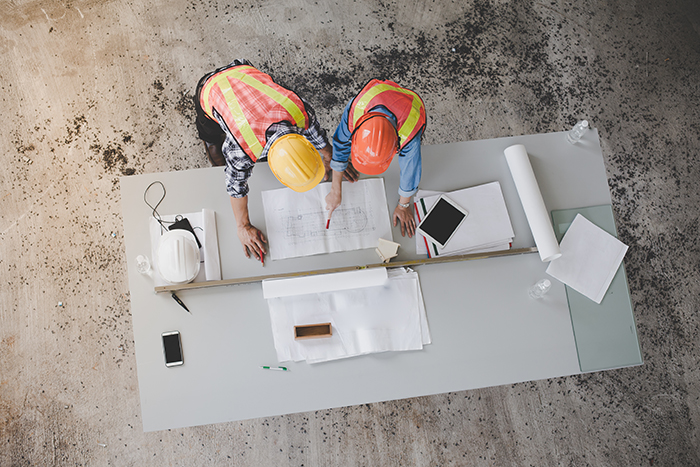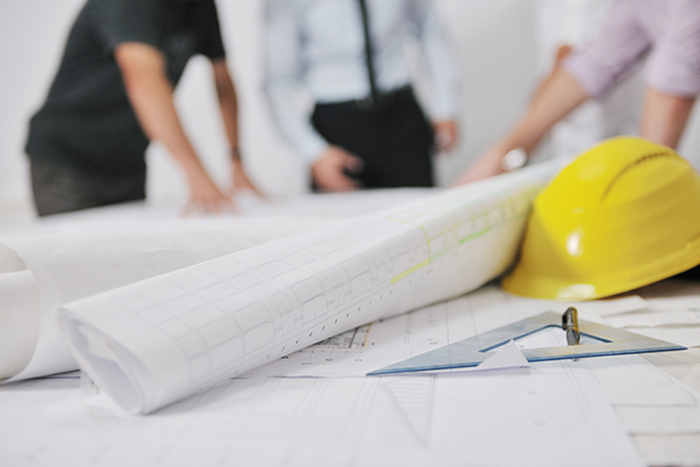As a clean and renewable energy solution, photovoltaic energy storage system is attracting more and more attention. So, how long is the construction cycle of photovoltaic energy storage system? How does the installation flow?
Summary of PV energy storage system construction cycle
The construction cycle of PV energy storage system varies with project scale, complexity, geographical location, climatic conditions, experience and technical level of the construction team. In general, a typical PV energy storage system project goes through the following stages from planning to operation, and the time required for each stage will vary.
1. Project Planning and Design Stage: this stage mainly includes project requirement analysis, Feasibility Study, system scheme design, equipment selection and configuration, etc. . Depending on the specific requirements and complexity of the project, this phase may take weeks to months.

2. Construction Preparation Stage: before construction, site investigation, construction drawing design, material purchase and preparation, construction team formation and training are needed. The timing of this phase, which usually takes several weeks, depends on the adequacy of the initial work and the efficiency of the construction team's preparation.
3. Construction Stage: this is the core stage of the photovoltaic energy storage system construction, including the installation of photovoltaic modules, energy storage equipment layout and wiring, electrical system debugging. The timing of the construction phase depends on the size of the project, construction conditions and the efficiency of the construction team, and may take several months.
4. System debugging and acceptance stage: after the system is installed, the system should be debugged, tested and checked to ensure that the system can run normally and meet the design requirements. This phase is relatively short and usually takes only a few weeks.
5. Operation and maintenance stage: after the system has passed the acceptance test and is put into operation, regular maintenance and inspection should be carried out to ensure the long-term stable operation of the system. This phase is ongoing throughout the life of the system.
To sum up, a typical PV energy storage system construction cycle may take months to a year or so, the timing depends on the complexity of the project, the construction conditions, and the experience and skill level of the construction team.
Full installation process analysis of photovoltaic energy storage system
The installation of photovoltaic energy storage system is a complex and delicate process, requiring professional construction team and strict construction specifications. The following is the full flow of PV Energy Storage System installation analysis:
1. Preparation for construction:
· Site investigation: detailed investigation of the construction site, including topography, geomorphology, climate conditions, etc. , to provide a basis for subsequent design and construction.
· Construction drawing design: design detailed construction drawing according to project requirement and site condition, including PV module layout, energy storage equipment layout, electrical system wiring, etc..

· Procurement and preparation of materials: purchase photovoltaic modules, energy storage equipment, cables, supports and other materials according to construction drawings and design requirements, and carry out necessary pre-treatment.
· Build and train the construction team: build the professional construction team, and carry out the necessary technical training and safety education to ensure that the construction team has adequate construction capacity and safety awareness.
2. PV module installation:
· Bracket installation: install the bracket of PV module according to the construction drawings and design requirements to ensure the stability and level of the bracket.
· Module installation: INSTALL PV modules on the bracket according to the predetermined layout and tilt angle, and make necessary fixing and wiring.
· Wiring and debugging: Check and debug the wiring of PV module, make sure the wiring is correct, and carry out the necessary insulation treatment.
3. Energy storage installation:
· Equipment layout: according to the construction drawings and design requirements, the energy storage equipment will be placed in a predetermined location, and the necessary fixed and wiring.
· Wiring and debugging: Check and debug the wiring of the energy storage equipment, make sure the wiring is correct and carry out the necessary insulation treatment. At the same time, the charge and discharge test of the energy storage equipment is carried out to ensure that its performance meets the design requirements.
4. Installation and commissioning of electrical systems:
· Cable laying: according to the construction drawings and design requirements, cable laying, and carry out the necessary fixing and protection.
· Wiring and debugging: Check and debug the wiring of the electrical system, make sure the wiring is correct, and carry out the necessary insulation treatment. At the same time, the electrical system for the overall debugging and testing to ensure that its performance to meet the design requirements.
5. System debugging and acceptance:
· System debugging: to debug the whole photovoltaic energy storage system, including the output power of photovoltaic modules, charge and discharge performance of energy storage equipment, electrical system stability, etc. .
· Performance test: Test the system performance, including power generation test, energy storage efficiency test, system stability test, to ensure that the system meets the design requirements.
· Safety Inspection: conduct a comprehensive safety inspection of the system, including electrical safety, mechanical safety, fire safety and so on, to ensure that the system is safe.
· Acceptance and delivery: when the system has passed debugging, performance testing and safety inspection, acceptance and delivery. At the same time, provide the necessary operation and maintenance training to ensure that users can correctly use and maintain the system.
Points for attention during the construction and installation of photovoltaic energy storage system
During the construction and installation of the PV energy storage system, the following matters need to be paid attention to in order to ensure the smooth implementation of the project and the long-term stable operation of the system:
1. Construction Quality and safety:
· Strictly abide by construction specifications and standards to ensure construction quality.
· Strengthen the safety management of construction site to ensure the personal safety of construction personnel.
· Carry out quality control and safety inspection of key nodes in the construction process to ensure no quality problems and potential safety hazards.
2. Equipment selection and configuration:
· Select suitable PV modules, energy storage equipment and electrical system equipment according to project requirements and system design requirements.
· Ensure the quality of selected equipment reliable, stable performance, and have a good after-sales service guarantee.
3. System commissioning and acceptance:
· During system debugging, carefully check the running state and performance parameters of each equipment to ensure that the system can work properly.
· In the process of acceptance, performance test and safety check should be carried out strictly according to the design requirements and relevant standards to ensure that the system meets the design requirements and there is no hidden danger of safety.
4. Post-maintenance:
· Make detailed maintenance plan, check and maintain the system regularly.
· Carry out necessary technical training and safety education for maintenance personnel to ensure that they have adequate maintenance capability and safety awareness.
· Set up perfect fault handling and emergency mechanism to ensure timely response and treatment when system failure occurs.








